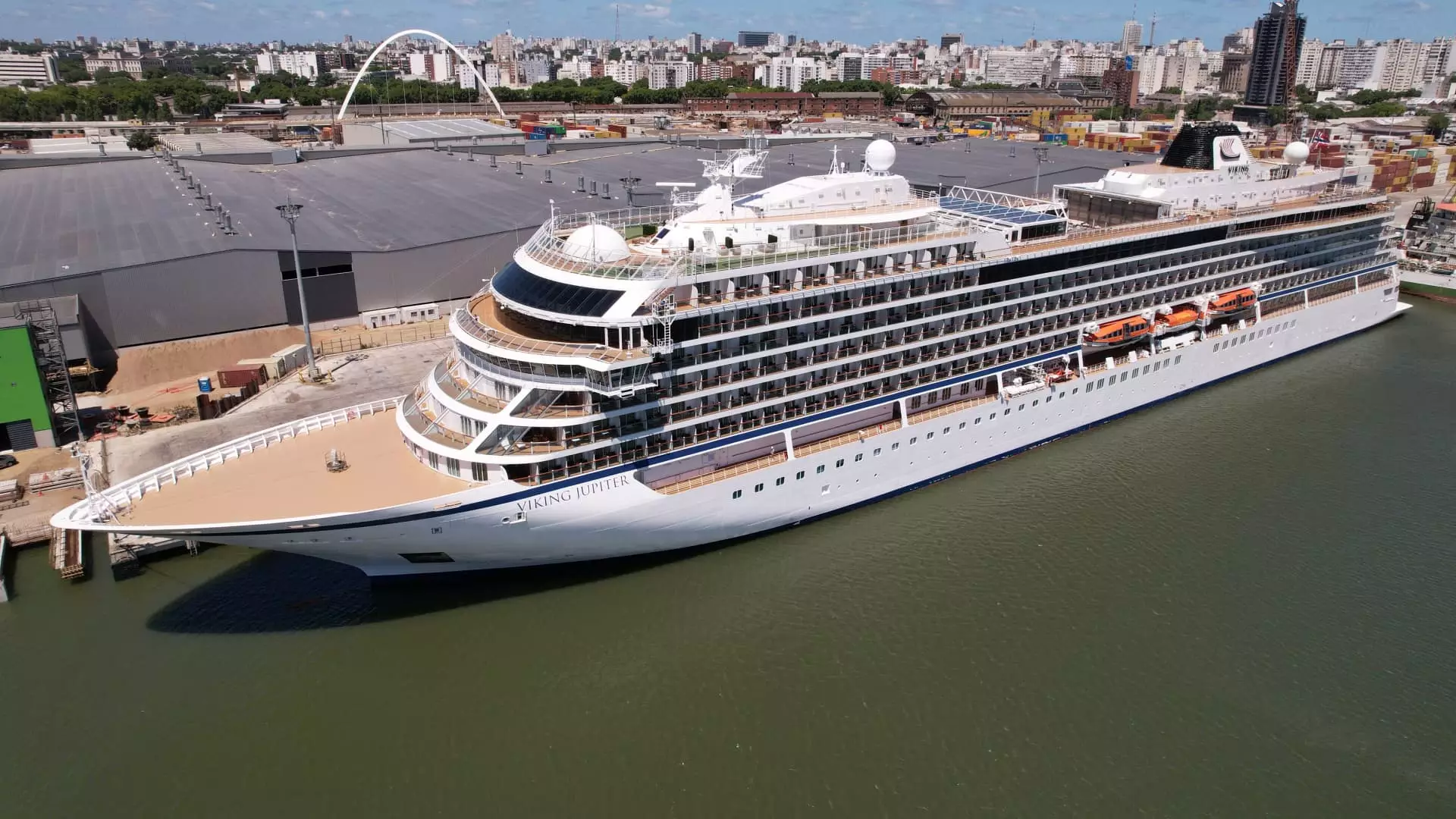Viking is not your typical cruise operator. Unlike many other cruise lines, Viking caters specifically to high-income baby boomers who are seeking a more upscale, adult-oriented experience. With a focus on attracting the “thinking person,” Viking sets itself apart by offering a more curated and intellectually stimulating onboard experience. This approach means no kids and no casinos onboard, allowing the cruise line to maintain a clear and focused vision for its target demographic.
Despite its distinct business model, Viking has experienced significant growth since its humble beginnings in 1997 with just four ships. Today, the company boasts a fleet of 92 vessels, with the majority being river-based ships that traverse some of the world’s most iconic waterways, such as the Seine in France and the Nile in Egypt. This expansion has positioned Viking as a major player in the luxury cruise industry, with a focus on offering unique and immersive travel experiences to its affluent clientele.
Viking’s decision to go public comes at a time when the cruise industry is experiencing a strong rebound in bookings. With competitors like Royal Caribbean also raising their guidance for the future, there is a sense of optimism surrounding the sector’s recovery post-pandemic. The industry has seen a shift in consumer preferences, with cruising now being viewed as a competitive choice in travel. This changing landscape has created opportunities for luxury cruise operators like Viking to thrive and capture market share.
Despite reporting a net loss in 2023, Viking’s revenue per passenger of $7,251 has caught the attention of investors. This high revenue figure, coupled with the company’s premium price point, signals the potential for strong profitability in the future. With a focus on delivering exceptional customer experiences and maintaining a loyal customer base, Viking has positioned itself as a leader in revenue generation within the cruise industry.
As Viking prepares for its public debut, investors will be looking closely at the company’s expansion plans and growth strategy. With competitors like Norwegian Cruise Line investing in new ships and concerns over potential overcapacity in the market, Viking will need to navigate these challenges carefully. However, the demand for luxury cruising remains strong, especially as consumers compare the value proposition of cruises versus traditional hotel vacations. With cruise prices still relatively competitive compared to rising hotel rates, there is ample opportunity for Viking and other luxury cruise operators to attract discerning travelers.
Viking’s unique approach to luxury cruising, coupled with its strong revenue potential and growth trajectory, positions the company as a key player in the industry. As the company navigates the challenges and opportunities of a post-pandemic world, Viking’s focus on delivering exceptional travel experiences to its clientele will be a key driver of its success in the years to come.

